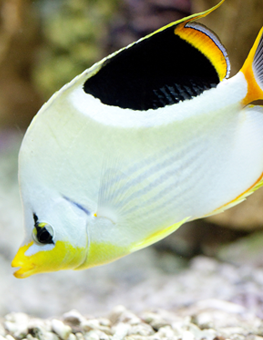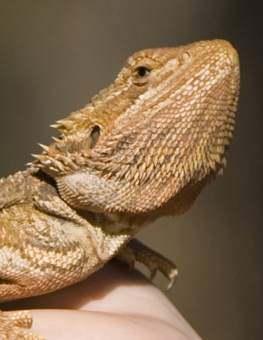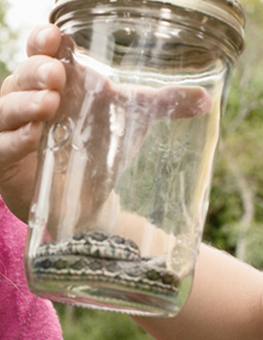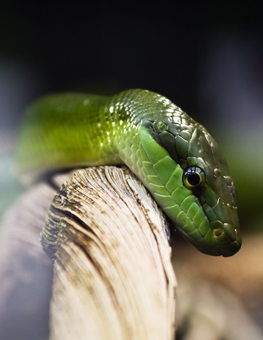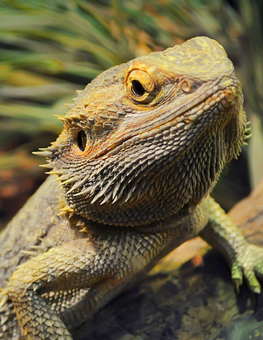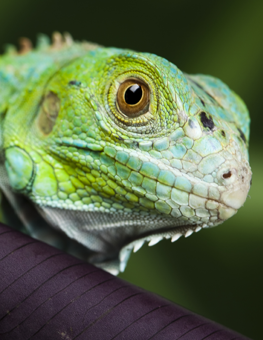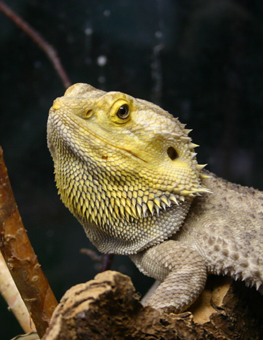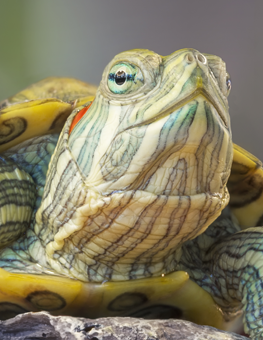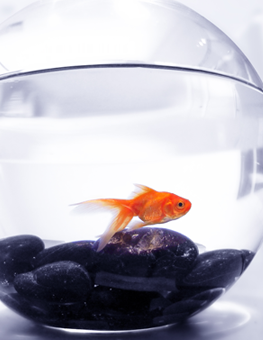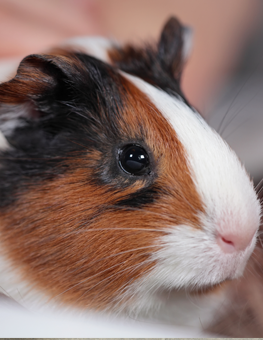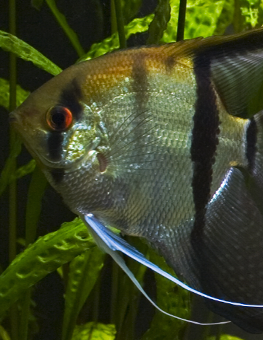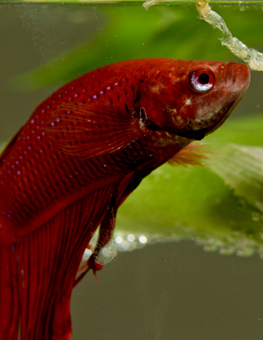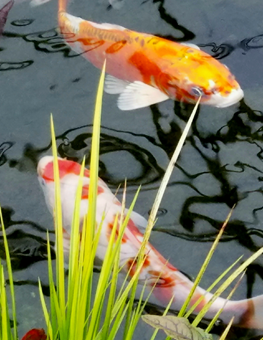Preparing Your Pond and Fish for Winter
As winter approaches, your pond enters a state of suspended animation.
Winter weather means looking out for your fish as well as their environment. Preparing your pond will ensure that the inhabitants have the best chance of survival until warmer weather returns.
Late Autumn Tasks:
- Fish feeding: Pond fish such as koi and goldfish will need to bulk up before the pond gets too cold. Feeding them foods supplemented with wheat germ oil are ideal – but be careful not to overfeed. Your local area temperatures will dictate when feeding should cease. As the temperature of the pond gets colder, your fish will get sluggish. When water temperature drops to 45-50oF, cease feeding. Don’t be tempted to feed even on the isolated warm day, as the benefit of the food is minimal and excess food also will degrade water quality.
- Landscaping check: Along with checking water quality and removing debris, this is the time to conduct a general clean up around the pond. Check outdoor lighting and make landscaping adjustments to keep mulch and fertilizer run-off from entering the pond.
- Plant care: Pond plants, like hardy lilies and cattails, should be trimmed back for the winter months. Tropical pond plants, such as hyacinth, water lettuce and tropical lilies should be completely removed and brought inside.
- Pond depth: Be sure that your pond is deep enough. As the temperature drops, your fish will retreat to the deeper portions of the pond, where the water is warmer. The deeper the pond, the more significant the change is. Take care to reduce pond re-circulation which will mix in colder surface water. Some pond-keepers choose to switch off their pumps, while others simply decrease the flow rate and relocate them away from the deeper reaches.
- Water preparation: When autumn leaves start falling, install a pond-covering net. Leaves and other debris should be removed. Check water parameters like ph, ammonia, nitrate and nitrite. On small ponds especially, some water change might be in order, and it is ideal to move fish indoors. Run the tank and filter for several weeks before transferring fish and always use pond water for transferring.
Winter Tasks:
- Pond surface care: As winter temperatures start creating ice, you should add a pond heater. Pond heaters don’t warm the entire pond, but keep a small circular area from freezing. This small area is extremely important as it allows for pond gases and air to be exchanged. Many fish have been lost because their pond completely froze over. Never try to break the ice on the top as this can send shock waves to the fish below causing them to become injured.
- Pond filtration: Keeping your filter on if possible, or at least having some aeration, is necessary for your pet fish’s safety. Submersible pumps or air pumps allow greater oxygen intake.
Winter, of course, is followed by spring. When your pond has completely thawed, check the pond water quality and remove any debris. Refrain from feeding dormant, sluggish fish. As the pond water temperature warms up, your fish will again become active and then you can resume feeding.




